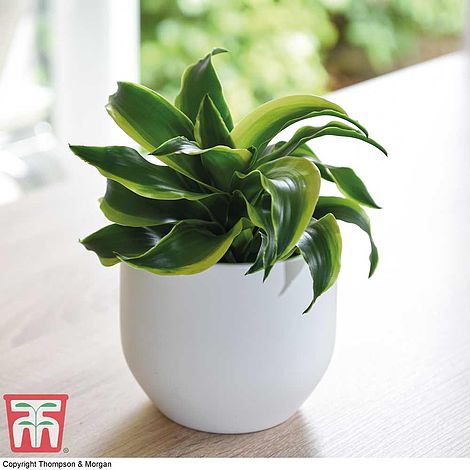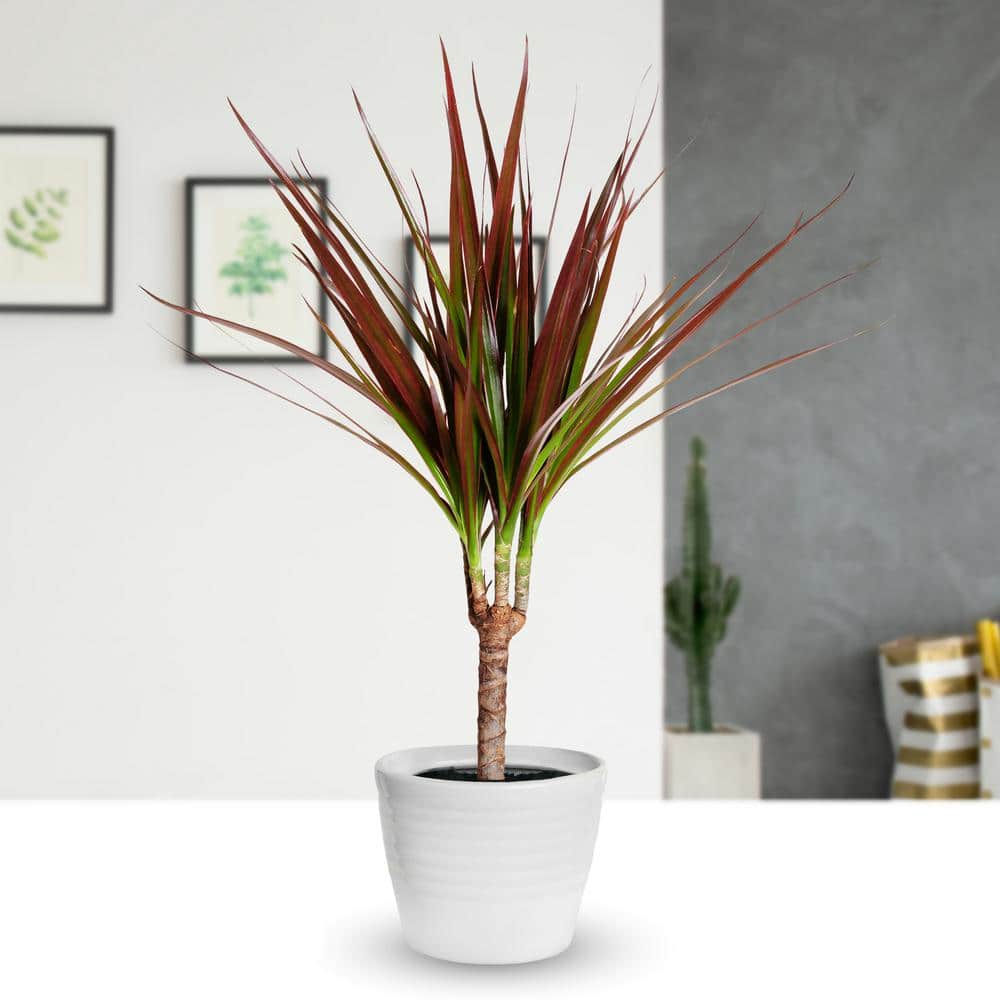

Good luck, and I hope your plant recovers. If the tips of the leaves start to brown, that usually is a sign of irregular moisture levels. Don’t let their feet (roots) get too wet. They also prefer to stay evenly moist, but err on the drier side. When you place them outside, don’t put them into full-sun areas they prefer dappled light or shady locations.

As they get taller and more leggy, you can actually just cut them off at the height you like and then put the cutting back into the soil. Just the lower leaves will drop top growth will be fine. They also tend to drop leaves on a seasonal basis, so make sure the die-back you’re seeing is not seasonal. I would suggest repotting it into a different soil.ĭracaena tend to like to be a little pot-bound, so don’t put it into too big of a pot. I prefer the Pro-Mix brand or another similar higher quality brand. My experience with the Miracle-Gro soil is that it’s a very heavy peat mix and not a lot of organic material, so plants don’t get sufficient nutrition from the soil and the soil tends to dry out too quickly. They make great houseplants and love to be outside in the summer months. With its returning popularity, let’s keep our fingers crossed for even more colorful hybrids!ĭiane, I’m sorry your Dracaena is not doing well. It’s easy to care for and easy to decorate with. If you compost at home, additional fertilizer will not be necessary.Īll in all, the Spike Dracaena is a versatile plant. We recommend using a soil amendment when transplanting. Here the warmth retained by brick or stone will help it to survive some of the coldest winter temperatures with ease.Īs with all plants, proper nutrition will ensure healthy and prolific growth. They seem to do well when planted along your foundation at the back of your flower beds. Keep in mind that it will grow somewhere between 18 and 24-inches tall and just as wide. The Spike Dracaena is widely adaptable to the type of soil.
#Draconian plant full
It will tolerate full sun when the weather is cool or in the northern climes, but prefers partial shade in hotter areas. You will want to keep the height in mind, planting it behind lower-growing perennials or annuals, though it is not too picky about sun. When your Dracaena Spike has outgrown the container, remove it from the container and put it in a place of honor in your garden.
#Draconian plant how to
How to Plant the Dracaena Spike in the Garden Chances are that your neighbor next door or down the street will have one of these.

As their container gardens all feature the same plants, over and over and over again. The possibilities are endless and much better than succumbing to the average garden retailer’s idea of a fashion statement. You can also use something like Dichondra to fill in the spaces or English Ivy as a non-blooming, yet cascading accent. Finally, add some MiniFamous Calibrachoa or Lobelia plants to cascade over the edges. Then add a mid-height flower or foliage plant, such as Coreopsis or Geraniums, all of which have the same moisture requirements of the Dracaena.

Here’s our suggestion: start with the Spike Dracaena in the middle or the back of the planter. How to Use the Dracaena Spike in Containers Add a cascading variety or two, and you have a beautiful, yet inexpensive artful arrangement. Surround them with lower-growing foliage or blooming plants. Or put it in the center if your container can be viewed from all sides. You can either put it in the back of your container if it is against a wall or in a corner. So, when you buy the Dracaena Spike plants, you are getting a two-fer! Use it first in your containers. Especially if they are mulched or planted with foliage plants that help to retain moisture. Widely adaptable, once they are well-established, regular watering will usually suffice. Still, the gardener from Prince Edward Island said that hers had no protection, besides the insulation from the snow.įor a plant that looks tropical, in addition to being remarkably cold-tolerant, Spike Dracaena is also relatively drought tolerant. Some gardeners put protection over or around them, like fall leaves or plant covers. What’s more, it survives unscathed throughout the winter in places like Prince Edward Island, Canada, which is in zones 5a and 5b. But we are now hearing reports of the Dracaena Spike being taken out of the container and moved right into the garden. It’s long been considered a staple in annual gardens. Yes, my eyebrows arched as my eyes widened in surprise! The dracaena spike is usually used to add height and architectural interest to container arrangements.


 0 kommentar(er)
0 kommentar(er)
